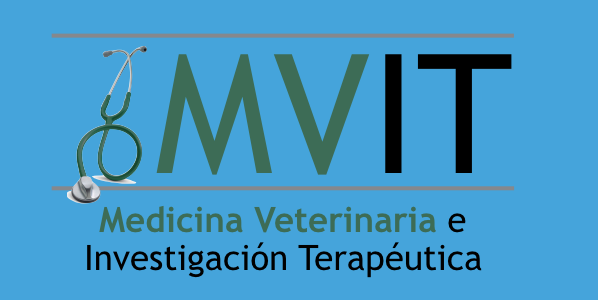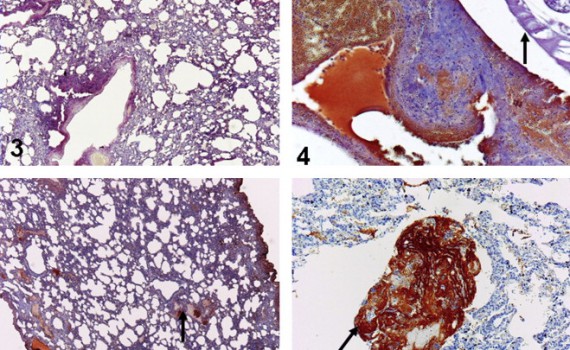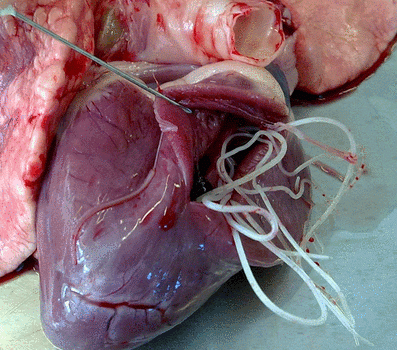
Enfermedades cardiorrespiratorias del gato Colección Canis y Felis (nº120, 1)
DIRECCIÓN DE LA MONOGRAFÍA: José Alberto Montoya-Alonso
AUTORES: José Alberto Montoya-Alonso, Javier Engel Manchado, Laín García Guasch, Jordi Manubens Grau, Alicia Caro Vadillo, Enrique Ynaraja Ramírez, Jorgelina Carla, Cristobal Frías Rides
ÁREAS TERAPÉUTICAS: Aparato respiratorio, Medicina felina, Medicina interna, Cardiología
El gato es un gran desconocido, un enigmático animal, místico, independiente, con carácter, se hace notar, se hace querer, es rebelde, nunca es indiferente. El diccionario Larousse define al gato como: «Pequeño mamífero carnívoro generalmente doméstico y de costumbres básicamente nocturnas”. Esta frase tan simple refleja la dificultad de los lingüistas para tipificar a este animal tan especial. ¿Es el gato un animal de compañía o nosotros le acompañamos a él?
Como escribió la reportera y escritora estadounidense Jacquelyn Mitchard: – “A juicio de los gatos, las personas …………..
Editorial (año): Acalanthis Comunicación y estrategia S.L.U. Madrid, 2013
ISSN: 1133-2751
Enlace a Canis et Felis






